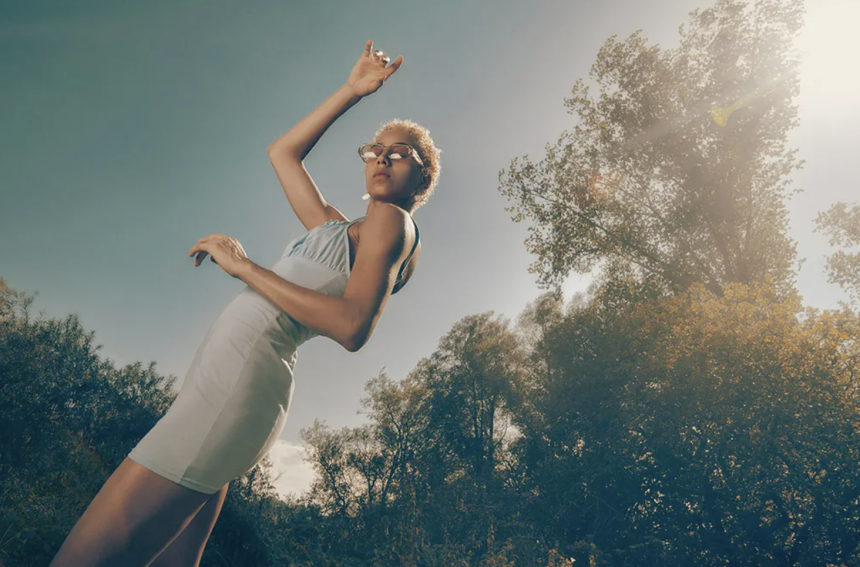You’ve spent countless hours tinkering, fine-tuning, and perfecting the colours on your video timeline to achieve those perfect cinematic colours. Such efforts have kept filmmakers and video editors up for nights, and the key to creating this mythical aesthetic is all about perfecting the art of colour grading. You must know how to colour, contrast, and affect the overall mood of the footage you have taken.
To this end, advanced color grading software can help. However, before we get into the powerful tools such software offers to bring about that much sought-after look, let’s strengthen your foundations by exploring tips and techniques to craft stunning cinematic looks.
Colour Theory and Emotion
It is first essential to develop a deep understanding of colour theory and how it can stir up certain responses from the intended audience. Warmer colours such as reds, oranges, and yellows make the viewer feel energised and passionate. On the other hand, blues and greens, often referred to as cooler colours, instil a sense of calm, melancholy, or perhaps even shallow mystery.
Complementary colours, and knowing when to use them are essential to creating striking and impactful cinematic looks. The same applies to colour harmony and colour contrast. In the initial stages, you can experiment using different colour palettes and gauge how they influence the overall mood and tone of the footage.
Advanced Color Grading Tools
Advanced colour grading software, such as Sohonet, offers cutting-edge tools to help refine the footage and achieve a cinematic look. Some of the key features to explore will include the following:
● Colour Wheels and Curves: The ability to adjust the hue, saturation, and luminance of specific colour ranges of the footage is now at your fingertip. This fine-tunes overall colour balance to create nuanced colour palettes.
● Secondaries and Qualifiers: These advanced colour selection tools enable you to isolate and manipulate specific areas of your image, allowing for targeted colour corrections and creative colour effects.
● LUTs (Lookup Tables): These are pre-prepared colour grading presets that have the ability to instantly transform the overall atmosphere of the footage you have taken. You can explore a variety of packs in this cinematic software to lay the foundation for your desired colour grade.
Make it Feel Cinematic.
One of the trademarks of the cinematic aesthetic is to make the footage feel like it has been shot on film. The advanced colour grading software has all the tools and plugins you need to help bring that desired look to your footage.
● Grain: Enhance that cinematic feel by adding a subtle grain overlay to your footage. This provides an organic, almost film-ic appearance, and increases depth, along with texture.
● Highlight Rolloff: Natural highlight rolloff can be replicated to soften or smoothen the highlights in your footage. Such a look is more appealing to the eye.
Cinematic Lighting and Composition
Before hitting that editing timeline, make sure that the footage you shoot in the first place can be worked with. Colour grading may be powerful, but it is just one piece of the puzzle. A large part of telling an impactful story through visuals depends on thoughtful lighting and composition when filming the original visuals.
Make sure that the footage is well-lit, and that there is clear separation between the subject and its background. A deliberate use of shadows and highlights to create depth and drama goes a long way to add to the cinematic feel. Don’t be afraid to experiment with different camera angles and framing. The varied shot compositions will create a more immersive and engaging experience for the audience.
Cinematic Color Grading Techniques
Advanced colour grading software offers a wealth of techniques and tools to help you craft a cinematic look. Let’s take a look at some of the better techniques you can use.
● Split Toning: This involves applying a warm tone to the highlights and a cool tone to the shadows. This helps create a sense of depth and separation within the image.
● Selective Color Correction: With the help of secondaries and qualifiers, you can isolate or manipulate specific areas of your image. This enables targeted and precise colour adjustments.
● Vignetting: Adding a subtle vignette effect can help draw the viewer’s attention to the centre of the frame, thus creating a more cinematic and immersive feel.
● Desaturation: Reducing the overall saturation of the footage helps generate a muted, cinematic look, but preserves the depth or richness of the colour palette. These are some of the techniques you can explore. Be sure to use the tools and presets available in your colour-grading software to find the perfect combination that can take your footage to a cinematic level.
Consistent Color Grade
Consistency is the key when it comes to achieving a unified cinematic look across the entire project. Ensure that colour grading decisions are intentional and consistent throughout the footage, whether it is a single video or a series of projects that are related to one another.
Another route you can take is creating custom LUTs or color-grading presets. These can be applied to multiple clips or scenes to ensure seamless and harmonious visuals. Don’t forget to pay close attention to shot-to-shot matching. While doing so, ensure that the colour, contrast, and overall mood of each clip blend seamlessly with one another.
Practice and Refine
Mastering cinematic colour grading takes time. After all, Rome was not built in a day. March fearlessly towards trying new techniques, and exploring different colour palettes. Keep at it till you achieve the cinematic look and feel you desire.
Also, do not be afraid to seek the help of tutorials, and online resources. Know someone who is just as keen on you on color gradation, but has more experience or know-how? Reach out and get their help as it can’t hurt. And the advice of experienced colourists to continue expanding their knowledge and improving.
Forever Learning
Keep in mind that colour grading is an ongoing process; the more practice you get, the more you will be able to improve the final video and provide a truly cinematic aesthetic that will be the envy of others. In conclusion, advanced colour grading software offers powerful tools for filmmakers and video editors to exploit so they can create cinematic images to their liking. By understanding color theory, and making use of advanced software tools, you can transform the original footage and keep the audience captivated through visuals.
Lynn Martelli is an editor at Readability. She received her MFA in Creative Writing from Antioch University and has worked as an editor for over 10 years. Lynn has edited a wide variety of books, including fiction, non-fiction, memoirs, and more. In her free time, Lynn enjoys reading, writing, and spending time with her family and friends.















